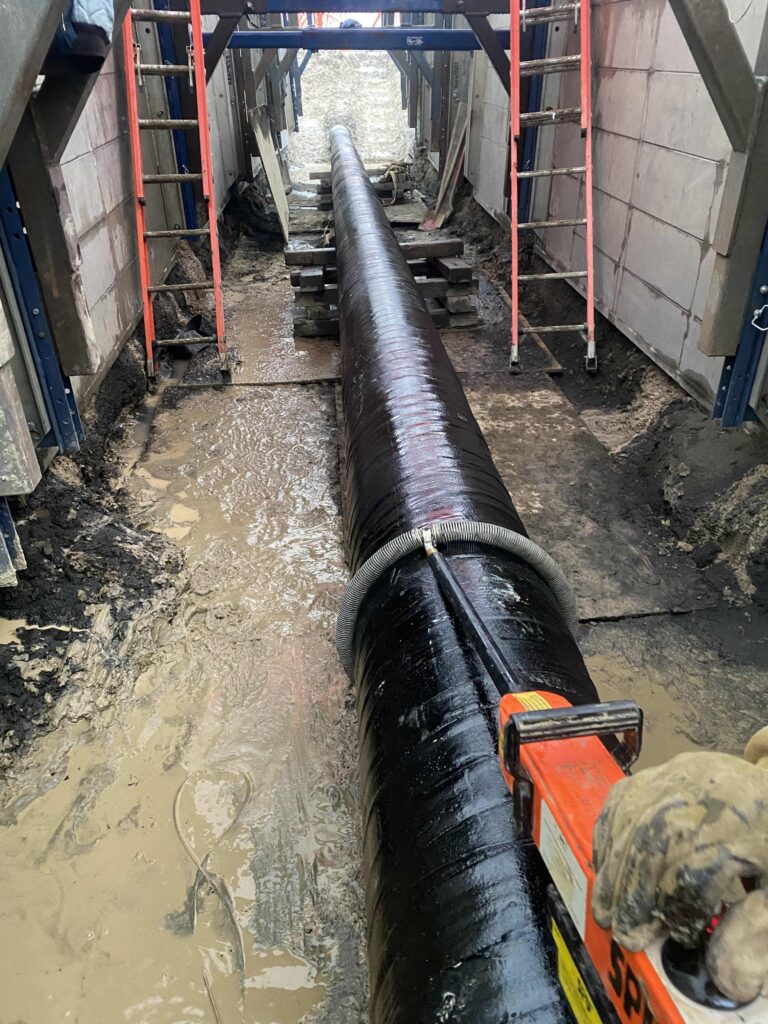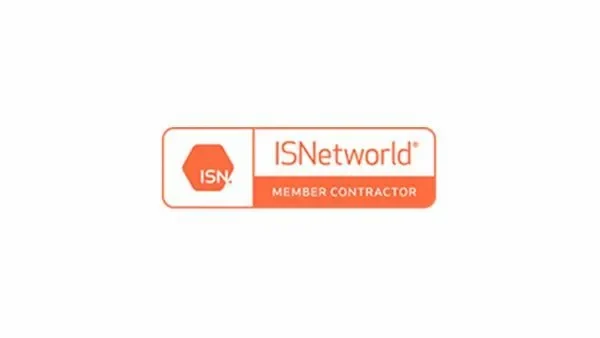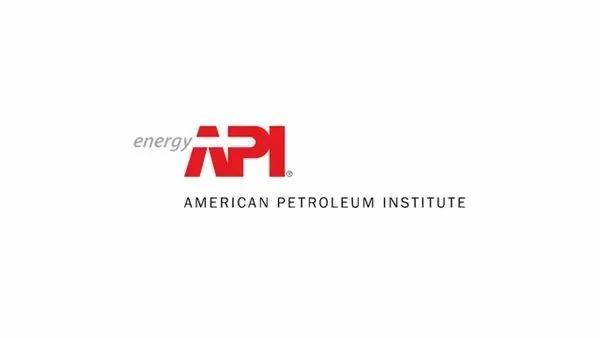High-pressure environments are inherent to oil and gas construction projects. The presence of extreme pressures poses numerous challenges, requiring meticulous planning, cutting-edge technology, and stringent safety measures to mitigate risks and ensure operational integrity.
1. Advanced Material Selection
Choosing materials with high pressure resistance, like advanced alloys and composites, is crucial to withstand extreme conditions and ensure structural integrity.
2. Innovative Construction Techniques
Employing advanced construction methods and technology enhances precision, reduces errors, and optimizes the construction process in high-pressure scenarios.
3. Stringent Safety Protocols
Implementing and enforcing rigorous safety measures and training programs are pivotal to protect the workforce from the hazards of high-pressure environments.
4. Real-time Monitoring Systems
Utilizing sophisticated monitoring systems allows for immediate detection and response to pressure changes, preventing accidents and maintaining operational stability.
5. Enhanced Design Approaches
Developing designs that factor in high-pressure conditions from the outset is essential to achieve resilience and functionality in the constructed structures.
6. Regulatory Compliance
Adhering to industry standards and regulations ensures legal compliance and fosters a culture of safety and responsibility in high-pressure construction projects.
Addressing the challenges of high-pressure environments in oil and gas construction necessitates a multidimensional approach involving advanced materials, innovative techniques, stringent safety protocols, real-time monitoring, and enhanced design strategies. By effectively navigating these challenges, oil and gas companies can ensure the safety, compliance, and success of their construction projects in high-pressure contexts.
Disclaimer
The content in this blog is for informational purposes only and is provided “as is” with no warranties. Spyglass Solutions is not responsible for any errors or inaccuracies and is not liable for any damages or losses incurred through use. Information may have been derived from external sources, and we do not guarantee its accuracy or completeness. Users should verify information independently and consult with a qualified professional before making decisions based on this content. Use of this blog signifies acceptance of these terms, releasing Spyglass Solutions from all liability relating to this content. External links are not under our control, and we bear no responsibility for their content.












